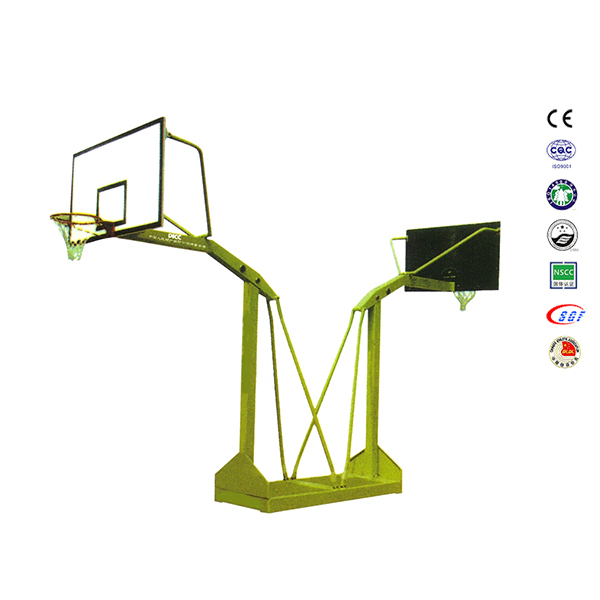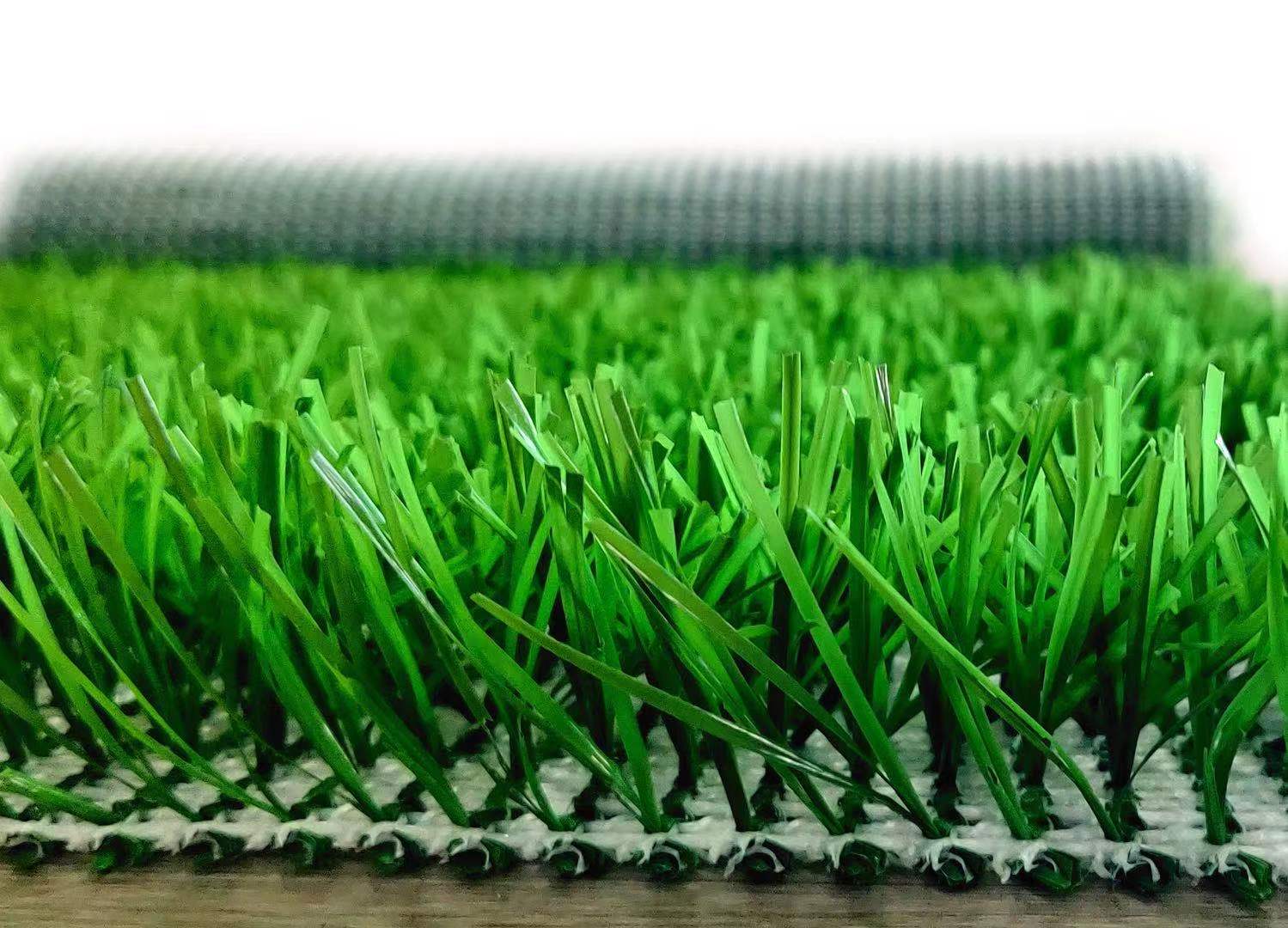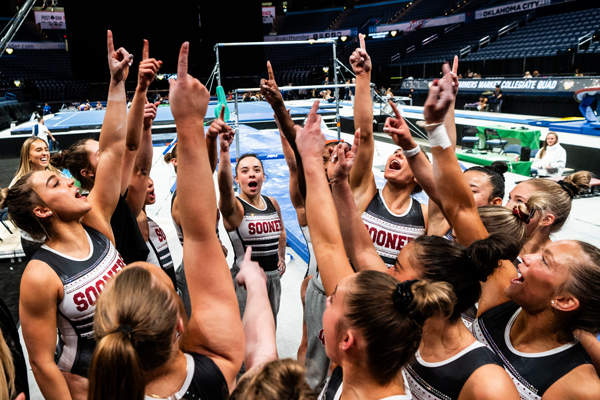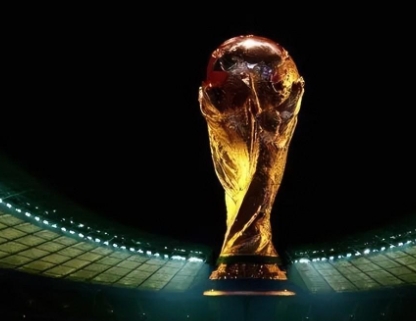Product
How do you play soccer step by step
Basic Info
Taking Wallerstein's world system theory as an explanatory perspective, the theory of “world system” refers to the redistribution of all resources from the core to the periphery through the establishment of a series of institutional mechanisms. By taking into account the geographic conditions of each country and region, the region to which the federation belongs, the environment of the intercontinental leagues, the cultural environment and the relevant political ideology, etc., the world football world can be divided into three levels and six regions. comprehensive factors, the world soccer world can be divided into 3 levels and 6 regions. The first level is the core area, mainly referring to the Western European region, which has a long history of soccer, rich in national soccer talents, mature and stable technical and tactical styles, and leads the trend of world soccer development. As a whole, the region's team technical and tactical level, the physical conditions of the players are in the world's first-class, in the technical and tactical style of focus on the whole, pass-control style of play, the center of the mid-field pressure and so on is highly respected. The second level for the semi-marginal zone, including Eastern Europe and South America, two regions, countries are relatively rich in soccer talent, in technology or physical conditions of the players have a certain advantage, the overall level of the national teams inferior to the Western European region. Eastern European teams rely on the physical conditions of the players to focus on physical confrontation, with long passes, defensive counterattacks and other methods of play. South American players technical finesse, dynamic, but the advantage of physical confrontation is not obvious, in terms of technical and tactical aspects often around the core players to start, side and middle penetration is an important means of attack. The third level for the edge of the region, including Africa, North and Central America and Asia and Oceania and other regions, countries with a relative lack of soccer talent, in the team's technical and tactical and physical conditions of the players are at a disadvantage, in the World Cup game in the face of Europe, South America and other teams are very much focused on defense, basically to the main defensive counter-attack tactics.

At present, in the development of modern soccer history process is advocated and put into practice the technical and tactical style of play can be broadly divided into the following six types:
Passing and controlling style of play
The pass-and-control style of play is based on the team's control of the ball, and emphasizes the importance of grabbing the ball and controlling it as much as possible through scrambling, reducing the opponent's control of the ball, and thus lowering the opponent's threat to the team. This tactic has high requirements for players' passing and ball control abilities, as well as the need to have strong adaptability and the ability to read the game, according to the team's specific tactical needs to use different forms of passing and attacking routines. The core idea of the pass-and-control style of play is to make as many players as possible to enter the front court and suppress the opponent in the defensive zone, so that they can either attack the opponent in turn or disintegrate the opponent's organization of the attack. By constantly passing the ball with the mobilization of the opponent's defensive players, so that they leave the correct defensive position, and then through short passes with or individual breakthrough penetrate the opponent's defense and form a threat. The shortcoming of the pass-and-control style of play is that the players occupy a wide range of positions on the field and lean forward during the attacking stage, and once the ball is lost, the opponent will have enough deep space to carry out a quick counterattack. Therefore, the team insisting on the pass-and-control style of play must be able to quickly reorganize the defense after the attack fails.Technical style of play
The technical style of play is based on the idea of individual technology priority, its main feature is that the players are skillful, flexible and delicate, with good ability to get rid of the ball; good use of individual ability to break through the opponent's defense, and form the advantage of the local more than the less. Teams using this style of play have high requirements for the individual ability of the core players, players must have a high ability to hold the ball, get rid of the defense and pass the ball, and be able to handle the ball in a small space, and tactical cooperation with teammates. This style of play uses high individual technical ability to carry out effective advancement and attack in various areas of the offense, especially in the middle of the attack, often through the individual breakthrough penetration of the core players to attract the defense, and then through the threat of passes for the two sides of the players inserted to create offensive scoring opportunities. The technical style of play is mainly represented by teams from South America, such as Brazil and Argentina.

Direct style of play
The direct style of play was proposed by Englishman Charles Hughes in the 1980s through a statistical analysis of hundreds of high-level matches, which showed that when the number of passes in an attack exceeds five, the chances of scoring a goal drop sharply, and the more passes, the fewer chances of scoring a goal. Contrary to the pass-and-control style of play, teams that play a predominantly direct style of play make a conscious effort to get the ball into the opposing team's defensive third as quickly as possible, and then attempt to finish the attack quickly. The direct style of play is very fast and adventurous in its attacking speed and advancement, and seeks to pass the ball behind the opponent's back in the attack, and in the shortest possible time, the ball will be passed to the most threatening area to hit the opponent, the rhythm of offensive and defensive transition is faster, and the game scene is more intense and exciting. The tactical organization of the direct type of play is relatively simple, the physical requirements of the athletes are high, and the division of labor of the athletes in each area is clear, so that they can maintain the formation of the game better. The traditional English soccer style of “long pass and hang” shows the direct style of play to the fullest.Attacking Style of Play
The attacking style of play is based on the all-attacking and all-defending style of play, emphasizing the attacking style of tactics. Its tactical guideline is to take the whole team to press on the attack mode when attacking, and to form a strong blocking system when defending, with the aim of maintaining the team's integrity as much as possible, no matter in the process of attacking or defending. This style of play has been typically represented by the Dutch team, who believe that the charm of soccer lies in the attack, and only through effective offense can break the balance of attack and defense. In the Dutch youth soccer player training philosophy clearly put forward, do not accept the Italian-style defense concept on the influence of young soccer players. Dutch soccer has always pursued the soccer concept of offensive priority, emphasizing the game through all available space and offensive means, and strive to create a threat to the opponent's goal. When defending, the Dutch team uses a pressing defense that also carries an offensive air. When the offensive players lose the ball immediately after the local counter-strike, interfere with the opponent's offensive organization. Pressing defense compresses the line and space for the opponent to pass the ball forward after winning the ball, forcing the opponent to make a cross or pass back, slowing down the opponent's counterattack speed. In the attacking style of play system, the entire offensive and defensive organization process is mostly 4 people as an organizational unit, 4v4 offensive and defensive personnel organization can be regarded as the most important component of the soccer game.

Messi plays in the World Cup again
Defensive counter-attacking style of play
The defensive counterattacking style of play believes that having enough depth of attack is one of the most effective conditions to fight against the opponent, and emphasizes the premise of not conceding the ball in the game, looking for the opponent's mistakes to attack the opponent. Therefore, the defensive layout of this style of play is very tight, the personnel arrangement of the central axis area is often as many as 4 to 5 people, as far as possible to compress the opponent in the middle of the area of the attack space. By maximizing the compression of the space behind, forcing the opponent to move the attack to the side of the road, reducing the threat to the goal, and waiting for the opportunity to start the counter-robbery, once the ball quickly launched a counterattack. Rapid counter-attack type of play requires players to lose possession of the ball, consciously allow the opponent to press through the midfield to organize the attack, so as to create the prerequisites for the counter-attack. Teams using the defensive counter-attacking style of play tend to be quick on the attack and calm on the defense in terms of the pace of the game, and players tend to be psychologically under greater defensive pressure. Once the team adopting this style of play gains possession of the ball, it will quickly form a counter-attacking group consisting of two to three players, and use the deep space behind the opponent to rapidly advance forward, posing a serious or fatal threat to the opponent. At this time, the attacking side is often too flat due to the formation is difficult to organize an effective defense in a short period of time. Therefore, the team that adopts the fast counterattacking style of play puts relatively few attacking players in the process of attacking, but often produces unexpected results.Physical Play
The physical style of play is based on the idea of running out of tactics, running out of opportunities, and emphasizes the search for and creation of more attacking space through active running as much as possible in the game. Attacking players tend to disrupt the opponent's defensive formation through frequent interspersed running between the opponent's backline and frontline, making the opponent's defensive players lose sight of both sides of the ball and make mistakes in the defense. Modern soccer game confrontation is more and more intense, players often need to use personal skills in a small space, and seek to cooperate with teammates, which requires players to provide each other through active running without the ball for teammates to receive or create a larger space for attacking. In addition, through active running can also make up for the deficiencies in the defense system and technical deficiencies. Physical style of play is very demanding on the physical ability of the players, and the South Korean team has been an excellent representative of this style of play.The division of soccer tactical playing style is not an artificial division of each country's soccer style, but a generalization of the overall characteristics of different teams in the game. With the deepening and frequent international exchanges of soccer, the development of modern soccer gradually towards integration, complement each other's strengths and weaknesses, just as the “three schools” of modern soccer has seen an unprecedented trend of integration, modern soccer tactical play also reflects this feature, purely a certain style of tactical play has been difficult to adapt to the current competition environment, and more teams are playing with the best representatives of the style of play. It is difficult to adapt to the current competition environment, more teams choose to take a certain style as the main body on the basis of the appropriate integration of other styles of technical and tactical play.
 Customized standard football field
Customized standard football field
Which team's tactical style do you like the most
1、 England
The traditional way of playing is to pass long and charge. A few forwards are in the front, and when the backcourt receives the ball, they pass it long forward, relying on the forwards to break through the opponent's defense.The advantage is that it is simple and easy to do.
The disadvantage is that the playing style is monotonous, and the effect is not good when encountering tall defenders, making it easy to be restrained.
2、 France
The representative of the European Latin faction attacks through the strong control of the midfield. The combination of breakthrough on the side and strong attack in the middle belongs to the mainstream tactical playing style.The advantage is its immense power and diverse range of techniques.
The disadvantage is that it requires a high level of technical proficiency and physical fitness from players.
3、 Germany
The playing style is to use physical advantage to control the midfield, and then forcefully attack through a falling foot in the middle, so the biggest characteristic of the German team's tactics is a strong attack in the middle.The advantage is that it is direct, effective, and easy to execute.
The disadvantage is that when faced with dense defense, one becomes passive.
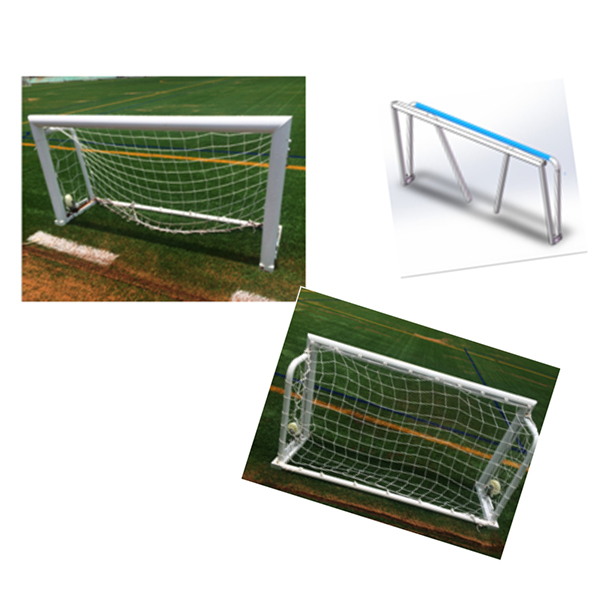
4、 Netherlands
Strong attack and defense are the characteristics of Dutch football.The advantage is that if it is truly achieved, it will be perfect.
The disadvantage is that the defense is slightly weak, especially the understanding and quality requirements for players and coaches are too high, making it difficult to fully achieve.
5、 Italy
The defense of reinforced concrete, defense and waiting for opportunities to counterattack, 1-0 style, this is the style of Italian football.The advantages are stability and practicality.
The disadvantage is that in some aspects, it appears relatively conservative and negative.
6、 Spain
Through the delicate skills of the players, the midfielder tirelessly kicks down, searches for gaps, and delivers a fatal blow to the opponent.The advantage is that the playing style is magnificent and the attack is powerful.
The disadvantage is that the defense is relatively weak.
7、 Brazil
Mainly focused on offense, with flexible footwork and strong individual skills, but neglecting defense.The advantage is that the attack is powerful.
The disadvantage is weak defense.
8、 Portugal
The characteristic is a balance between offense and defense.The advantage is that the attack and defense are relatively balanced.
The disadvantage is that it requires high technical skills from players and limited attacking ability in the middle.

9、 Argentina
The emphasis on defense also tends to be on offense, but compared to the Brazilian team, the Argentine team has a higher attacking efficiency.The advantage is that the attack is efficient and the defense is also guaranteed.
The disadvantage is that team players have high physical requirements, especially when facing fierce teams such as the German team, they may be restricted.
10、 Chinese team
At present, it is characterized by being good at finding all objective factors affecting the victory, including but not limited to turf, weather, jet lag, lack of authentic sea cucumbers, etc., which effectively regulates the amateur cultural life of the people throughout the country, and has made irreplaceable contributions to improving diplomatic relations between China and other countries in the world.
More LDK football product recommendations:
Football Cage
Futsal Goals
Metal Football Goal
Aluminum Football Goal
Foldable Football Goal
Portable Football Goal
Mini Football Goal






